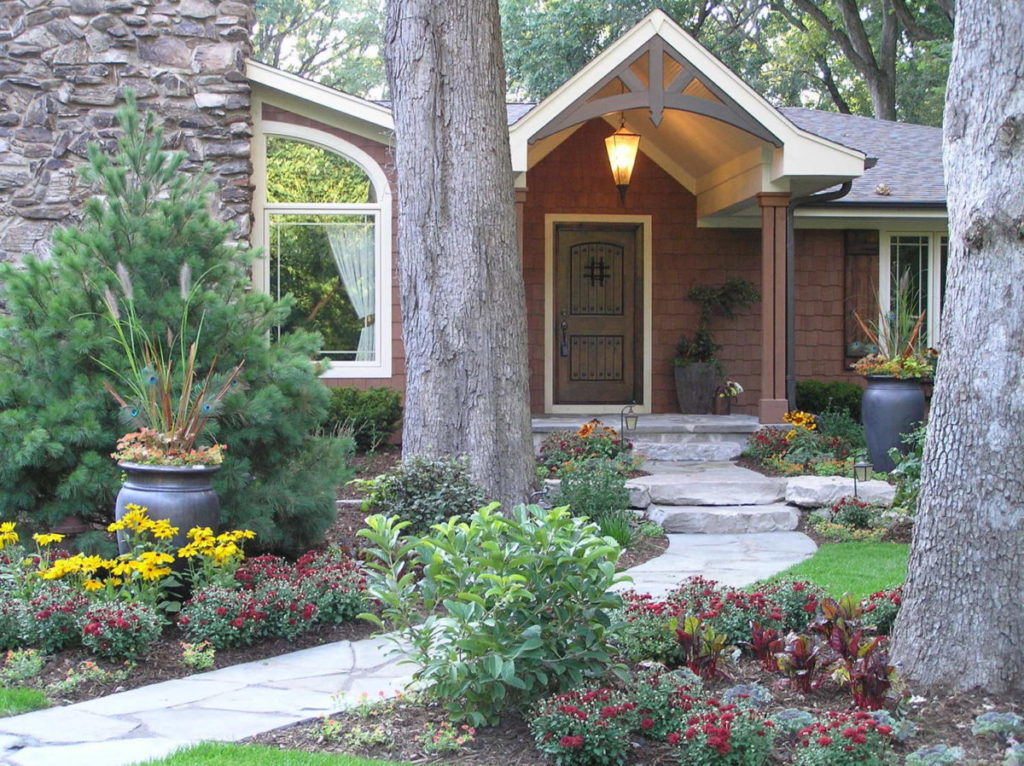Landscape and Structure
When thinking of landscape and structure, one of the first landmarks to come to mind is the iconic Biltmore Estate, once home to George and Edith Vanderbilt.

The 175,000-square-foot home was designed by Richard Morris Hunt, and modeled after the great French châteaux of the Loire Valley. Nestled in the hills of Asheville, this 250-room French Renaissance châteaux is quite impressive.
Vanderbilt hired Frederick Law Olmstead, famous for New York’s Central Park and the landscaped campuses of Boston University, Yale and Stanford, to design the landscape of Biltmore, which meant transforming over-farmed, over-logged land into a country estate.
Olmsted, Hunt and Vanderbilt worked very closely with one another, recognizing the potential grandeur which could result in the harmony of land and architecture at the Biltmore Estate.
Olmsted laid out plans for a large farm, and planned woodlands, fields and gardens, employing European pastoral and picturesque modes of design. The plans included several formal gardens, including a four-acre English Walled Garden, a 16th-century Italian garden with three reflecting pools, and a dramatic rampe douce and esplanade lined by an avenue of trees at the entrance to the Biltmore House. Along with these formal touches, Olmsted also planned a shrub garden or ramble, pools, a lagoon and an elaborately designed three-mile approach road. His work was no doubt the landscaping equivalent of Hunt’s grand creation.
The partnership and collaboration between Vanderbilt, Hunt and Olmsted, led to one of the most iconic estates in the world. Both the landscape and the structure are monumental, but the gardens do not sit figuratively in the shadow of the home, nor does the home get lost in expansive landscape. The grandeur of the estate is not arguable, but nor is its balance.
It is no surprise to me that George Vanderbilt chose Asheville as the location for his extraordinary estate. It’s Its natural beauty never ceases to astounds me on a daily basis. The area is simultaneously modest and majestic. Asheville’s climate and indigenous flora, such as rhododendron, mountain laurel, deciduous azalea, hemlock and pine, make it possible to create unique horticultural settings.
When I started my career as a horticulturist and designer, I became disheartened with the current trend of landscapes being developed by a separate company after a home has been built. Too many times the resulting landscapes would seem to cry out for the viewers’ attention, competing with the architecture and design of the home instead of complementing it.
Much like Olmsted, I employ a naturalistic approach to landscape, focusing on native plants and natural growth patterns. At Rueger Riley, Inc., my husband and I work closely with clients to identify the potential magnificence that can result from the synergy of landscape and structure — a collaborative process not much different than that of Vanderbilt, Hunt and Olmsted.

